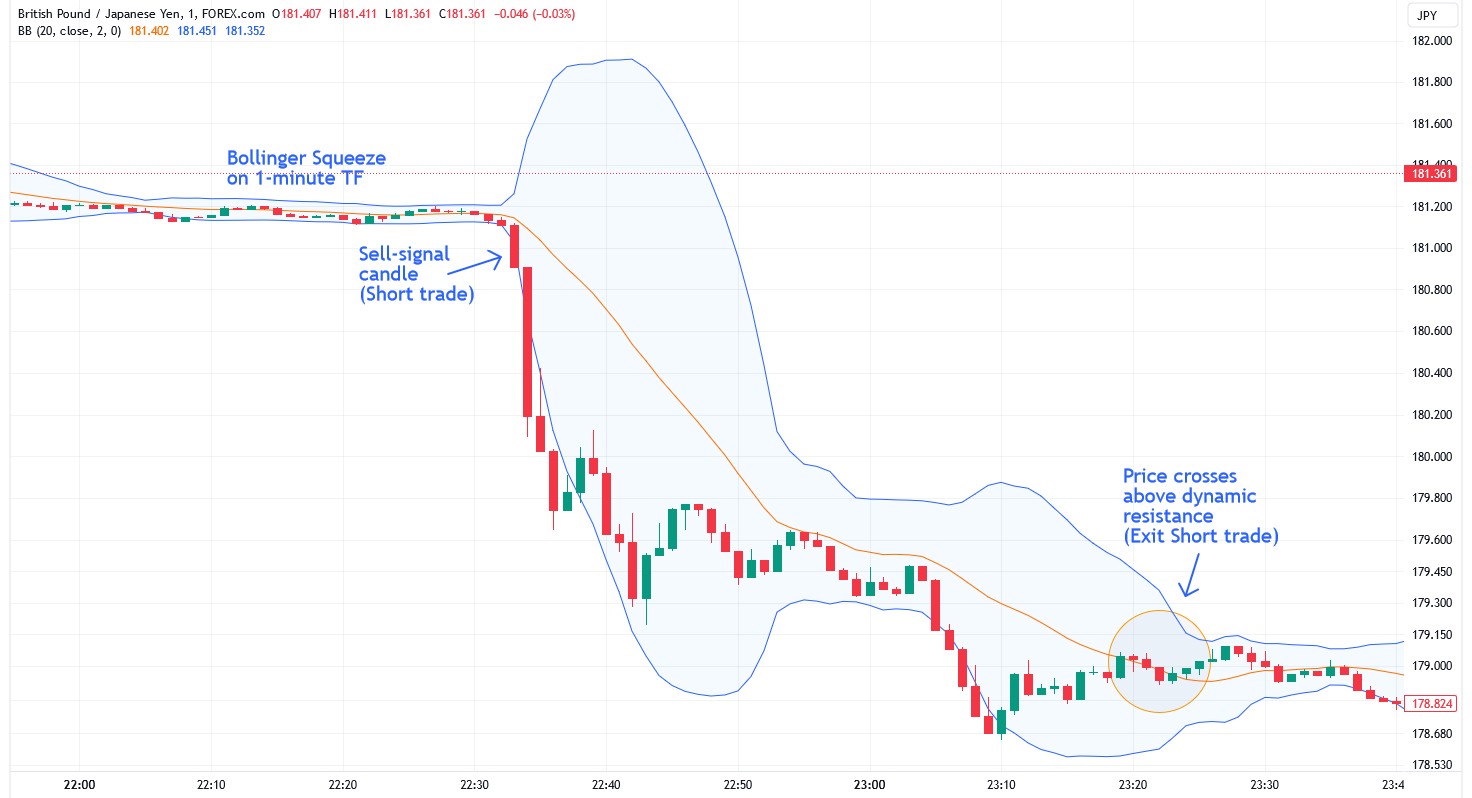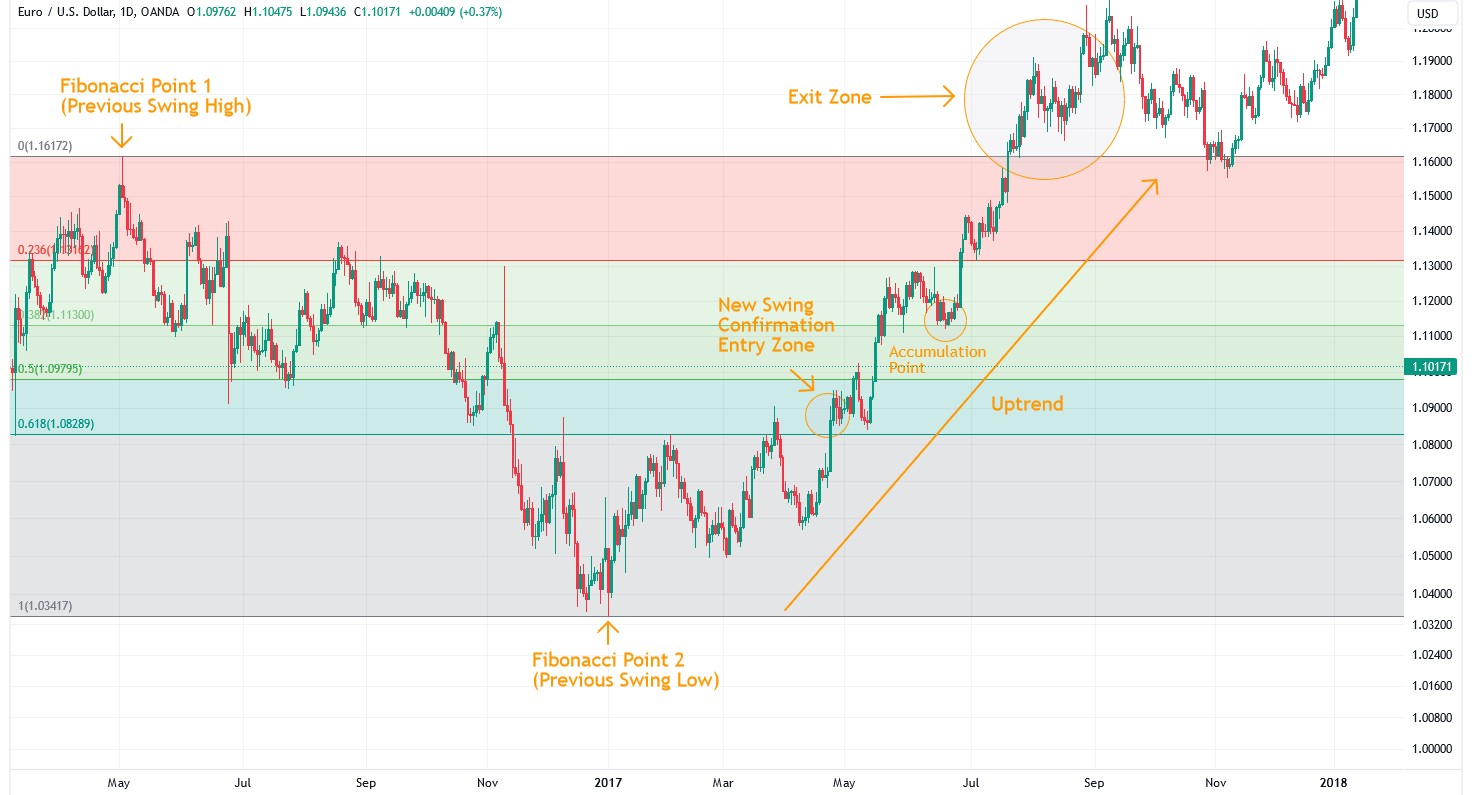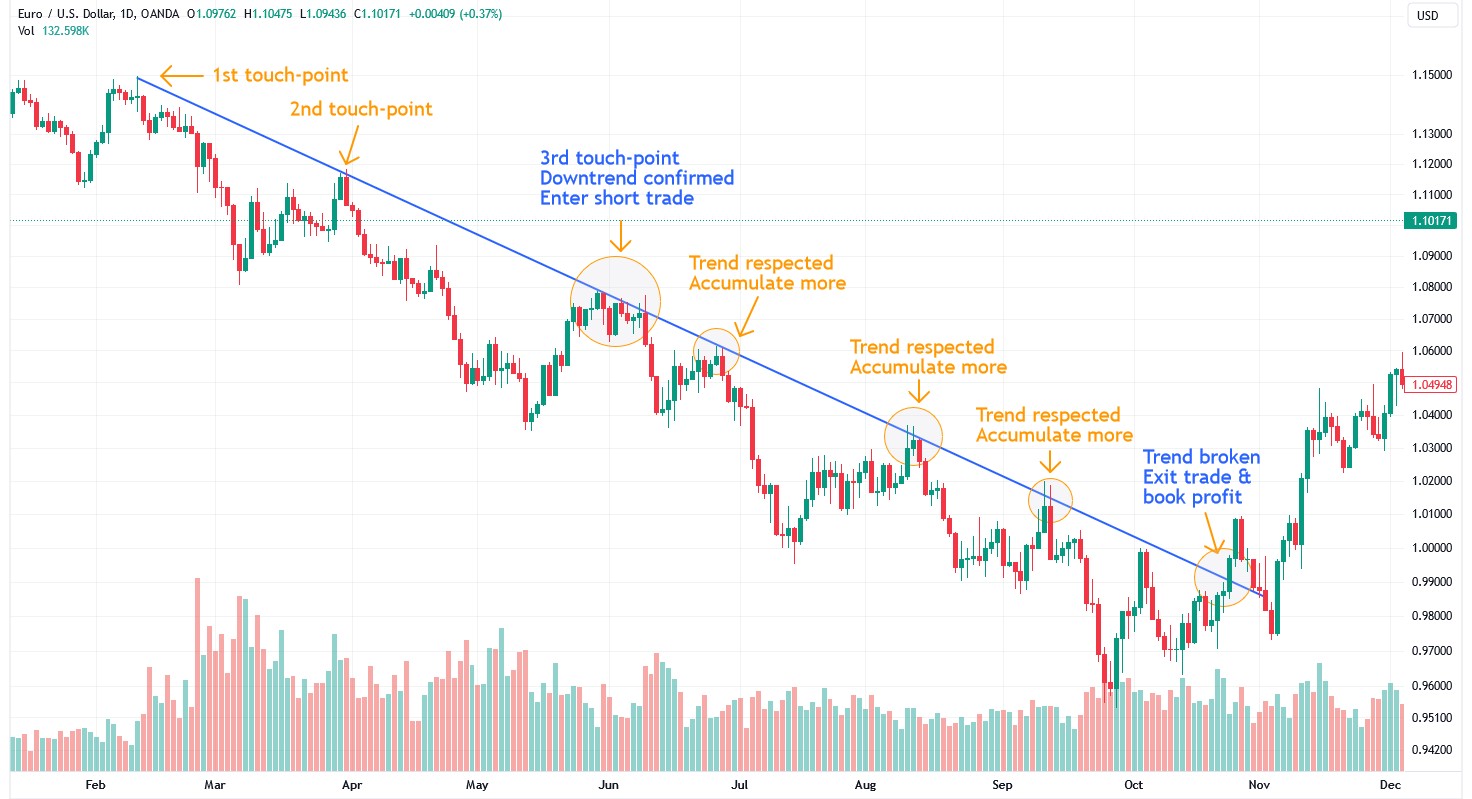How To Start Forex Trading With Low Capital



Editorial Note: While we adhere to strict Editorial Integrity, this post may contain references to products from our partners. Here's an explanation for How We Make Money. None of the data and information on this webpage constitutes investment advice according to our Disclaimer.
How to start Forex trading with low capital:
Forex trading offers a unique opportunity for individuals to engage in the global financial market and potentially earn profits, even with a small initial investment. This article explores effective strategies, tips, and expert advice to help traders maximize their returns while trading with low capital.
How to start Forex trading with low capital: step-by-step guide
Starting Forex trading with limited funds is not only possible but also practical for those willing to learn and apply the right strategies. Here’s how to get started:
Choose the right broker
When choosing a broker, it’s important to focus on those with low or moderate trading costs to maximize your profits. Consider the following factors:
Low minimum deposit. Select a broker that offers low minimum deposit requirements. Some brokers allow you to start trading with as little as $10 to $50.
Competitive spreads and fees. Look for brokers with tight spreads and low fees, which can significantly impact your overall profitability.
Leverage options. Choose a broker that provides flexible leverage options to suit your trading style and risk tolerance.
The table below highlights the key features of top brokers with low costs of trading, allowing traders to choose based on their specific needs and preferences. Always ensure to choose a broker regulated by reputable financial authorities, as this provides additional security for your investments.
| Demo | Cent Account | Min. deposit, $ | Min Spread EUR/USD, pips | Max Spread EUR/USD, pips | Open an account | |
|---|---|---|---|---|---|---|
| Yes | Yes | No | 0,1 | 2,0 | Open an account Your capital is at risk. |
|
| Yes | Yes | 10 | 0,6 | 1,5 | Open an account Your capital is at risk.
|
|
| Yes | Yes | 10 | 0,5 | 2 | Open an account Your capital is at risk. |
|
| Yes | Yes | 10 | 0,8 | 1,4 | Open an account Your capital is at risk. |
|
| Yes | Yes | 100 | 0,4 | 1,2 | Open an account Your capital is at risk. |
Use a Demo account
Practice on a demo account to build your skills and understand the market without risking real money. This helps you develop a trading strategy before committing capital.
Leverage wisely
While leverage can amplify your potential returns, it also increases risk. Use leverage cautiously, especially when starting with low capital, to avoid significant losses.
Focus on risk management
Set strict stop-loss orders and limit your risk per trade to a small percentage of your total capital (e.g., 1-2%). This helps protect your account from large drawdowns.
Start with a simple strategy
Begin with a straightforward trading strategy that you can easily manage. Avoid complex strategies that may be difficult to execute with a small account.
Keep emotions in check
Trading with a small account can be emotionally challenging. Stay disciplined and avoid making impulsive decisions based on fear or greed.
Continually educate yourself
Invest time in learning more about Forex trading through courses, books, and market analysis to improve your trading skills and knowledge. As you gain experience and confidence, consider gradually increasing your trading capital. Reinvest profits to grow your account over time.
Best strategies for trading Forex with limited funds
Trading with a small account requires careful strategy selection to maximize returns while minimizing risks. Here are some of the best strategies for trading Forex with limited funds:
Scalping

Scalping involves making numerous trades throughout the day, aiming to capture small price movements. This strategy is perfect for traders who prefer quick trades and can handle the fast-paced nature of the market.
Benefits. Scalping can quickly compound profits and take advantage of minor market fluctuations. It’s effective for those with limited funds as it doesn’t require holding positions overnight.
Risks. Scalping requires precision and discipline, as small mistakes can lead to significant losses due to the high frequency of trades.
Swing trading

Swing trading focuses on capturing larger price movements over several days or weeks. This strategy suits traders who can’t monitor the market continuously but still want to benefit from significant trends.
Benefits. Swing trading allows for more thoughtful decision-making and the ability to capitalize on medium-term market trends. It reduces the pressure of constant monitoring compared to scalping.
Risks. Holding positions overnight exposes traders to overnight market risks, requiring careful risk management.
Trend following

Trend following is about identifying and following market trends. It requires analyzing historical price patterns to predict future movements.
Benefits. Trend following is effective for traders with limited funds as it relies on well-established market patterns, reducing the need for constant market monitoring.
Risks. This strategy can lead to losses if the trend reverses unexpectedly. Traders must use stop-loss orders to balance risks.
Managing risk with minimal Forex trading capital
Risk management is crucial when trading with limited funds. Here’s how to manage risk effectively:
Use leverage wisely
Leverage allows you to control larger positions with smaller capital but also increases risk. Here’s how to use leverage effectively:
Start with low leverage. Use a lower leverage ratio, such as 1:10 or 1:20, to minimize risk. This approach helps protect your capital during market volatility.
Understand the risks. High leverage can lead to significant losses if not managed properly. A small adverse price movement can wipe out your account if you're over-leveraged.
Margin calls. Be aware of margin calls, which occur when your account balance falls below the required margin to maintain open positions. Brokers may close your trades, resulting in potential losses.
Set stop-loss orders
Protect your capital. Always use stop-loss orders to automatically close a trade if the market moves against you beyond a set point. This limits potential losses and preserves your capital.
Calculate risk-reward ratios. Determine the risk-reward ratio for each trade to ensure potential profits outweigh potential losses. Aim for a ratio of at least 1:2.
Diversify your portfolio
Spread risk. Trade multiple currency pairs to reduce the impact of adverse market movements on your portfolio. Diversification helps spread risk across different assets.
Focus on major pairs. Major currency pairs like EUR/USD, GBP/USD, and USD/JPY offer higher liquidity and lower spreads, making them ideal for traders with limited funds.
Limit risk per trade
Small percentage risk. Risk only 1-2% of your account balance per trade. This ensures that a series of losing trades doesn’t significantly deplete your account.
Position sizing. Use proper position sizing to manage risk. Adjust the size of your trades based on your account balance and risk tolerance.
Profiting with a small trading account
Tips for maximizing returns
Compound your profits. Reinvest profits into your trading account to increase your capital base. Compounding allows for exponential growth over time.
Avoid overtrading. Focus on quality trades rather than quantity. Overtrading can lead to unnecessary losses and erode your capital.
Monitor trading costs. Be mindful of trading fees, spreads, and commissions. Minimize costs by choosing brokers with competitive pricing.
Psychological aspects of trading
Emotional discipline. Maintain emotional control and avoid impulsive decisions. Stick to your trading plan and avoid chasing losses.
Patience and perseverance. Success in Forex trading requires patience and a long-term perspective. Avoid the temptation of quick gains at the expense of sustainability.
Learning from losses. Analyze losing trades to identify mistakes and improve future performance. Losses are part of trading and can provide valuable lessons.
Start small with micro-lots
I recommend traders to start in Forex with limited funds and dive into micro-lot trading. Instead of rushing into standard-sized trades, start small with micro-lots — this means you’ll be dealing with smaller amounts of currency, which helps you manage your risk. Some brokers even offer cent accounts where you can trade with just a few dollars, allowing you to get a real feel for market movements without risking too much money. This approach feels way more practical than using demo accounts, which often don’t give you a true sense of the market’s unpredictability.
Also, don’t get caught up in trying to hit big wins early on. With less capital, you need to think long-term and focus on steady growth. Treat this as a learning experience, using this time to really understand how price movements and market behavior work. You’ll want to refine your strategies during quieter trading hours when the market is less volatile. Rather than just throwing on stop-losses, aim to evaluate the quality of each trade setup. It’s about staying in the game for the long run and treating every dollar as something that can grow with smart decisions.
Conclusion
Forex trading with low capital is not only achievable but can also be profitable with the right strategies, risk management, and mindset. By focusing on proven strategies such as scalping, swing trading, and trend following, traders can maximize their returns even with a small initial investment.
The key to success lies in understanding the risks associated with leverage, setting clear goals, and adhering to a disciplined trading plan. As the Forex market continues to evolve, traders who remain informed and adaptable will be well-positioned to take advantage of the opportunities it offers.
Remember, Forex trading is a journey of learning and growth. By continuously educating yourself, practicing risk management, and leveraging expert insights, you can build a solid foundation for long-term success.
FAQs
Is Forex trading suitable for beginners with low capital?
Yes, Forex trading can be suitable for beginners with low capital. Many brokers offer low minimum deposit accounts, and by using leverage wisely, beginners can start trading effectively.
What are the risks associated with Forex trading with low capital?
The main risks include significant losses due to leverage and market volatility. Proper risk management and disciplined trading can mitigate these risks.
How can I choose the best broker for low capital trading?
Look for brokers with low minimum deposit requirements, competitive spreads, and reliable regulation. Evaluate trading platforms and customer support to find the best fit for your needs.
Can I make a substantial income with low capital in Forex trading?
While it's possible to grow your capital over time, significant income requires experience, effective strategies, and a disciplined approach. Starting with realistic expectations is crucial for success.
Related Articles
Team that worked on the article
Parshwa is a content expert and finance professional possessing deep knowledge of stock and options trading, technical and fundamental analysis, and equity research. As a Chartered Accountant Finalist, Parshwa also has expertise in Forex, crypto trading, and personal taxation. His experience is showcased by a prolific body of over 100 articles on Forex, crypto, equity, and personal finance, alongside personalized advisory roles in tax consultation.
Chinmay Soni is a financial analyst with more than 5 years of experience in working with stocks, Forex, derivatives, and other assets. As a founder of a boutique research firm and an active researcher, he covers various industries and fields, providing insights backed by statistical data. He is also an educator in the field of finance and technology.
As an author for Traders Union, he contributes his deep analytical insights on various topics, taking into account various aspects.
Mirjan Hipolito is a journalist and news editor at Traders Union. She is an expert crypto writer with five years of experience in the financial markets. Her specialties are daily market news, price predictions, and Initial Coin Offerings (ICO).
Trend trading is a trading strategy where traders aim to profit from the directional movements of an asset's price over an extended period.
A margin call is a demand made by a broker or a financial institution to a trader or investor who is using margin (borrowed funds) to cover potential losses in a trading account. It occurs when the value of the securities or assets held in the account falls below a certain threshold, known as the maintenance margin or margin requirement, as specified by the broker.
Options trading is a financial derivative strategy that involves the buying and selling of options contracts, which give traders the right (but not the obligation) to buy or sell an underlying asset at a specified price, known as the strike price, before or on a predetermined expiration date. There are two main types of options: call options, which allow the holder to buy the underlying asset, and put options, which allow the holder to sell the underlying asset.
A Forex trading scam refers to any fraudulent or deceptive activity in the foreign exchange (Forex) market, where individuals or entities engage in unethical practices to defraud traders or investors.
Overtrading is a phenomenon where a trader executes too many transactions in the market, surpassing their strategy and trading more frequently than planned. It's a common mistake that can lead to financial losses.






























































































































